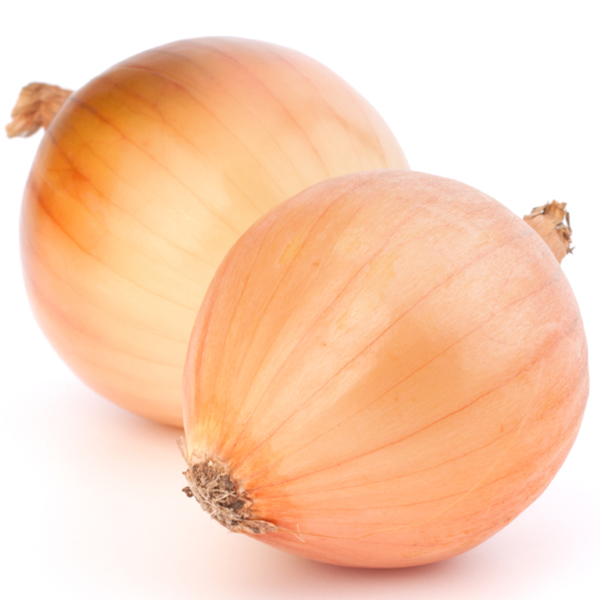
Onions of all types continue to increase in popularity. Make onions’ versatility a selling point with shoppers as they can be used in nearly any dish. Create waterfall displays that bring product into the aisle to get onions in front of the consumer.
Shipping
50-lb. cartons/sacks/crates 50-lb. master containers, 10 5-lb. bags 48-lb. master containers, 16 3-lb. bags/sacks or 24 2-lb. sacks 45-lb. master containers, 15 3-lb. bags/sacks 40-lb. master containers, 20 2-lb. bags/sacks 40-lb. cartons 36-lb. master containers, 12 3-lb. bags/sacks 32-lb. master containers, 16 2-lb. sacks 25-lb. sacks (red, boilers) 25-lb. cartons/bags 24-lb. master containers, 12 2-lb. sacks 10-lb. sacks/cartons/bags 5-lb. bags/cartons RPC – 6411, 6416 Consumer packs Master containers, from 1¾- to 10-lb. bags Foodservice packs (sliced, whole/peeled, diced onions and fresh-cut onion rings, either red or white) Cartons, 4 5-lb. bags
Grades
Bermuda-granex-grano types U.S. No. 1 U.S. Combination U.S. No 2 Other onions (besides Bermuda-granex-grano and creole types) U.S. No. 1 U.S. Export No. 1 U.S. Commercial U.S. No. 1 boilers U.S. No. 1 picklers U.S. No. 2
Handling
Temperature: 40 to 60 F (4.4 to 15.6 C) Relative humidity: 65-70% Mist: no Typical shelf life: 30 to 180 days Odor producer (Do not store or transport odor-sensitive items with commodities that produce odors. Onions produce odors that will be absorbed by apples, celery and pears.) Odor-sensitive (Onions will absorb odors produced by apples and pears.) Moderately sensitive to freezing injury (Able to recover from one or two light freezings.) For the short time onions are held at retail, they are usually not refrigerated. They need a dry atmosphere and too much humidity induces decay. Onions draw moisture from vegetables they are stored with, which may also cause decay. Stack onions to provide good air circulation. If in bags, stack in a crisscross manner leaving air space across the middle. Cartons should be stacked.